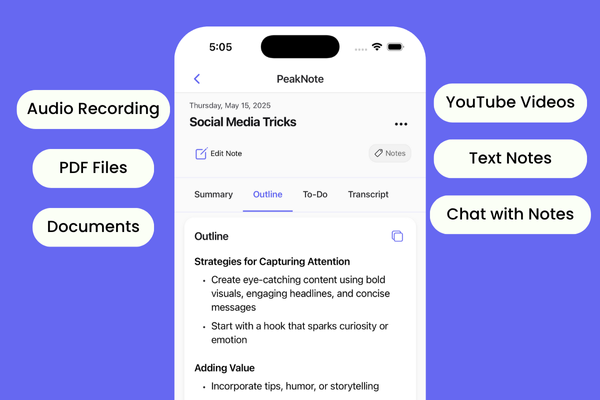Debouncing and throttling are two important techniques for optimizing event handling in JavaScript. They both work by limiting the number of times a function can be executed within a given time period. However, they do this in different ways.
What is Debouncing?
Debouncing waits to execute a function until a certain amount of time has passed since the last time it was called. This is useful for preventing unnecessary function calls when the user is interacting with an element rapidly, such as when typing in a search bar or scrolling through a list.
For example, if you have a function that updates the search results as the user types, you could use debouncing to prevent the search results from updating every time the user types a letter. Instead, you could wait until the user has stopped typing for a certain amount of time, such as 250 milliseconds, before updating the search results. This would improve the performance of your website and make it more responsive to user input.
What is Throttling?
Throttling ensures that a function is only executed at most once within a given time period, regardless of how many times it is called.
This is useful for limiting the load on a server or other resource when the user is repeatedly performing an action, such as clicking a button or submitting a form.
For example, if you have a button that submits a form, you could use throttling to prevent the form from being submitted more than once per second. This would help to protect your server from being overloaded and would also prevent the user from accidentally submitting the form multiple times.
When to Use Debouncing and Throttling
The best technique to use depends on the specific scenario. If you want to prevent unnecessary function calls, then debouncing is a good option. If you want to limit the load on a server or other resource, then throttling is a good option.
Here are some specific examples of when to use debouncing and throttling:
Debouncing:
- Search bar: Prevent the search results from updating every time the user types a letter.
- Resize event: Prevent the layout of a page from being recalculated every time the user resizes the browser window.
- Infinite scroll: Prevent the function that loads new content as the user scrolls down the page from being called too often.
- Autocomplete: Prevent the autocomplete suggestions from updating every time the user types a letter.
Throttling:
- Button click: Prevent a button from being clicked more than once per second.
- Form submission: Prevent a form from being submitted more than once per minute.
- API calls: Prevent making too many API calls in a short period of time.
- Video streaming: Prevent the video player from requesting too many video chunks at once.
How to Implement Debouncing and Throttling
There are a few different ways to implement debouncing and throttling in JavaScript. One common approach is to use a timer.
To implement debouncing, you would create a timer that is reset every time the function is called. When the timer expires, the function is executed.
To implement throttling, you would create a timer that starts when the function is called. If the function is called again before the timer expires, the timer is restarted. This ensures that the function is only executed at most once within the specified time period.
Here is a simple example of how to implement debouncing and throttling in JavaScript:
Debouncing Example:
function debounce(func, wait) {
let timer;
return function() {
clearTimeout(timer);
timer = setTimeout(() => {
func.apply(this, arguments);
}, wait);
};
}
Throttling Example:
function throttle(func, wait) {
let isRunning = false;
return function() {
if (!isRunning) {
isRunning = true;
func.apply(this, arguments);
setTimeout(() => {
isRunning = false;
}, wait);
}
};
}
Benefits of Using Debouncing and Throttling
- Resource Management: Throttling effectively manages resource utilization by limiting function execution within a time frame, ensuring that CPU and memory resources are not overwhelmed by too many operations in quick succession.
- Network Optimization: Debouncing optimizes network usage by reducing the frequency of AJAX calls, particularly beneficial for "type-ahead" search features or any real-time validations, thus preventing a deluge of server requests that could lead to network congestion.
- Performance Enhancement: Both debouncing and throttling enhance client-side performance by minimizing the number of DOM updates, which can be computationally expensive and lead to laggy interfaces, especially in complex web applications.
- User Experience (UX) Improvement: Debouncing improves UX by waiting for user input to pause or stop, thus preventing functions from firing on every keystroke, which can be distracting or result in redundant operations. This creates a smoother and more controlled interaction for the user.
- Battery Life Preservation: On mobile devices, throttling reduces the number of times functions are executed, which can drain the battery due to heavy processor utilization. By minimizing unnecessary function calls, battery life can be conserved, making applications more energy-efficient for mobile users.

